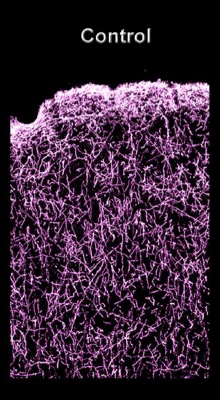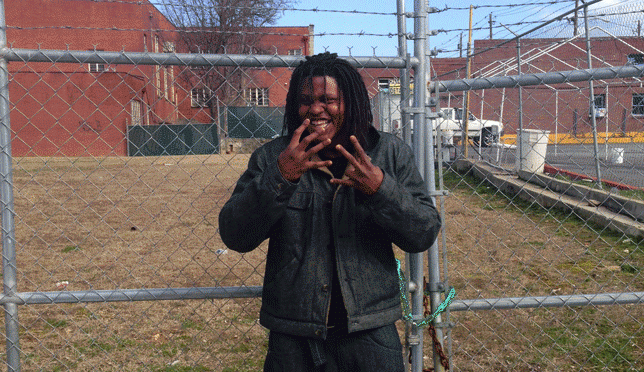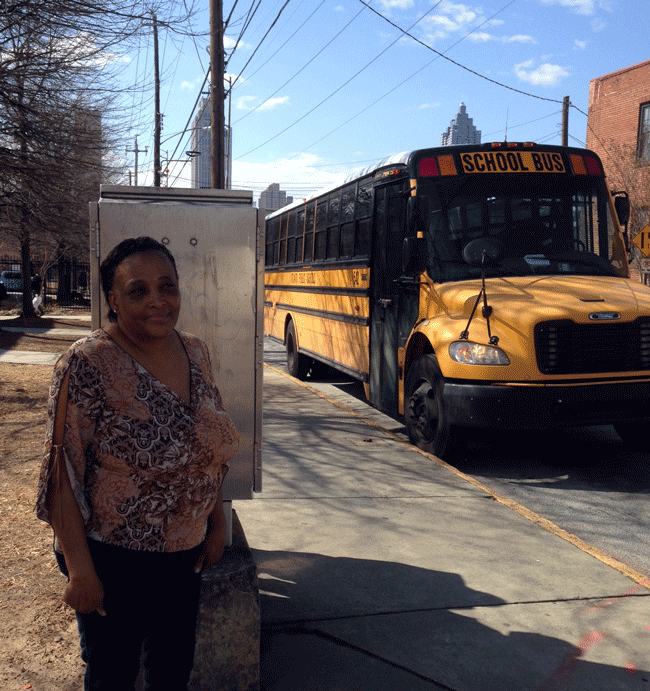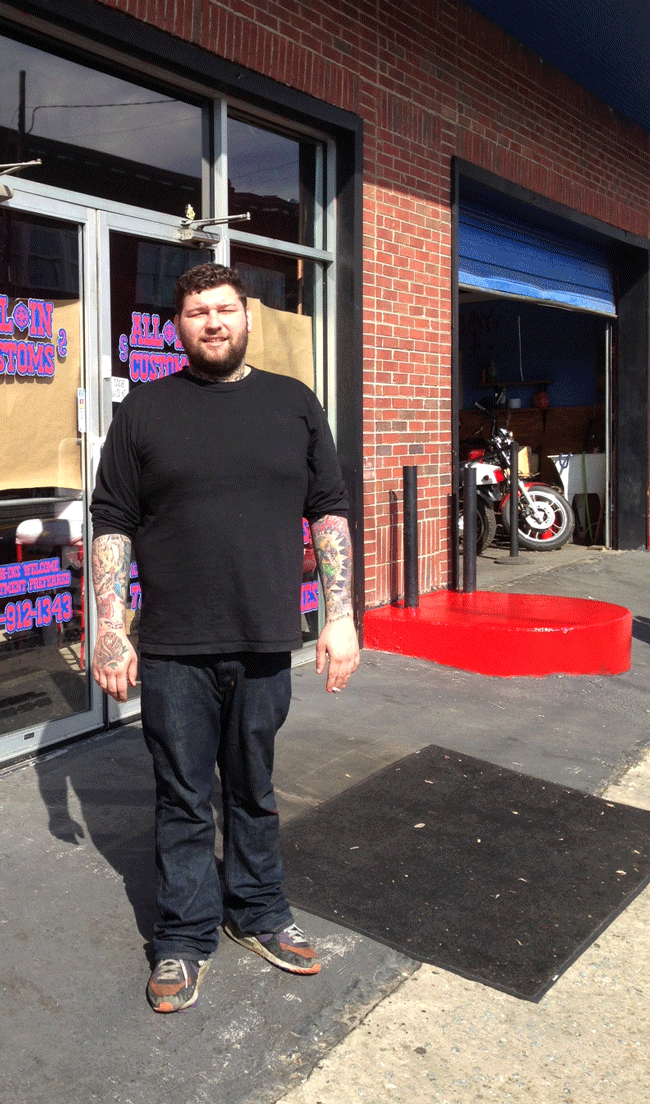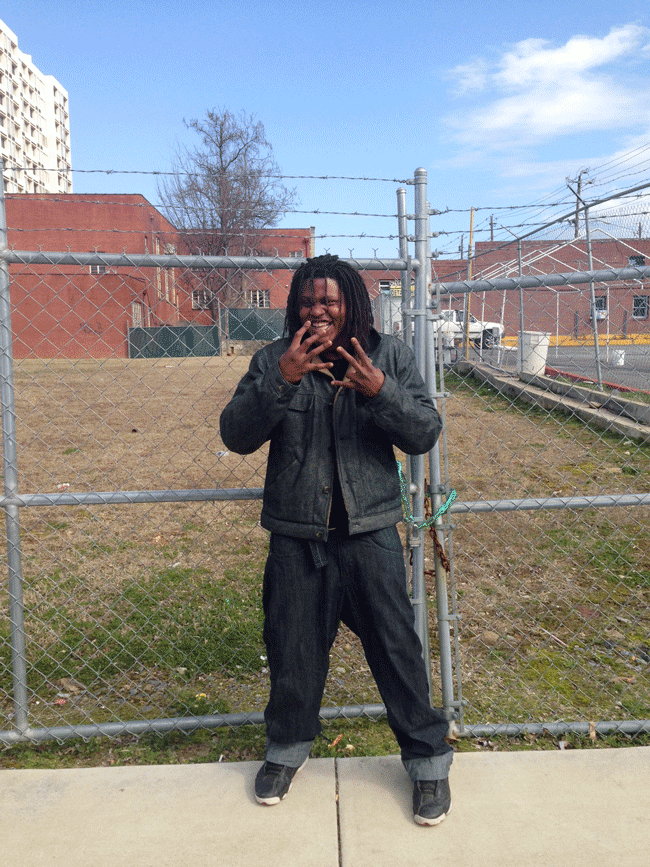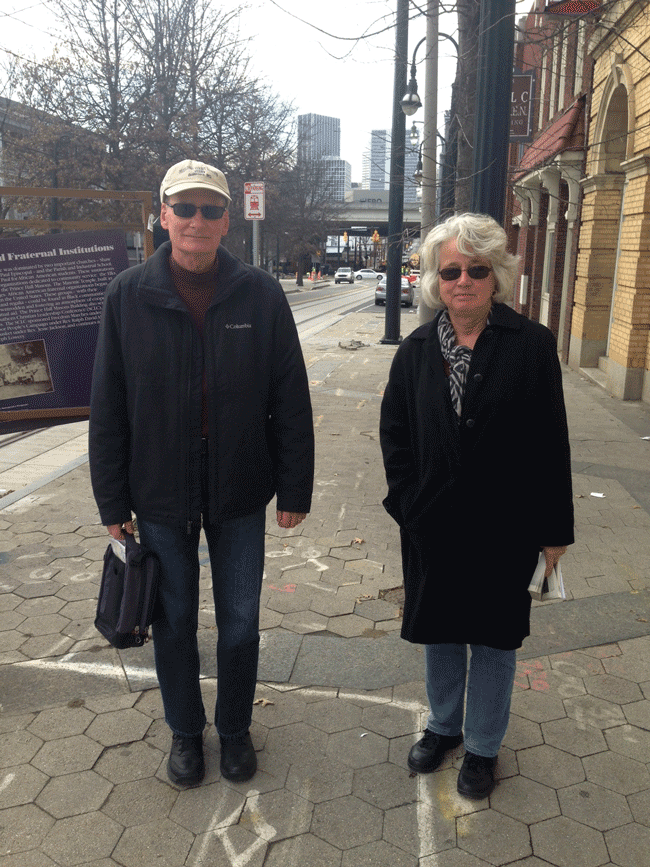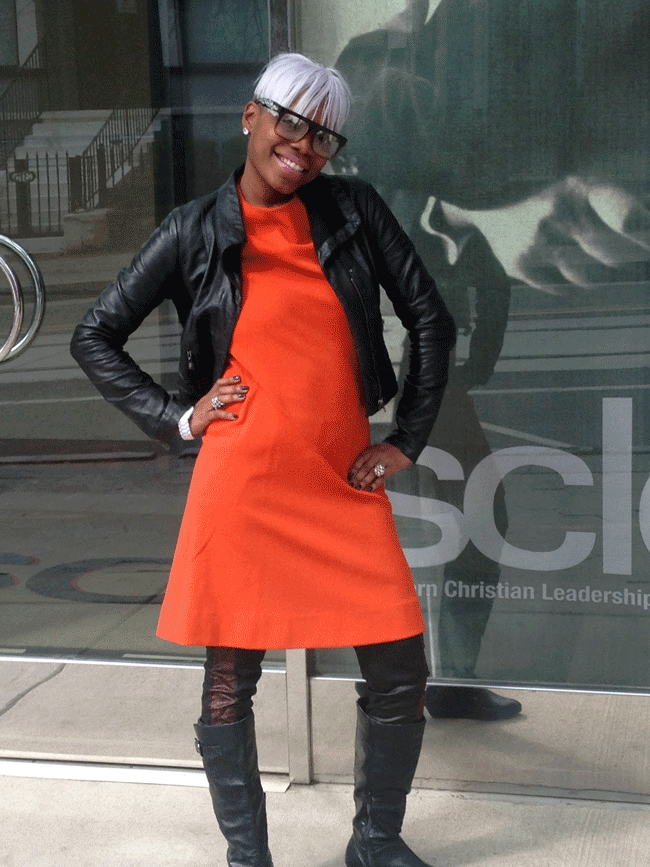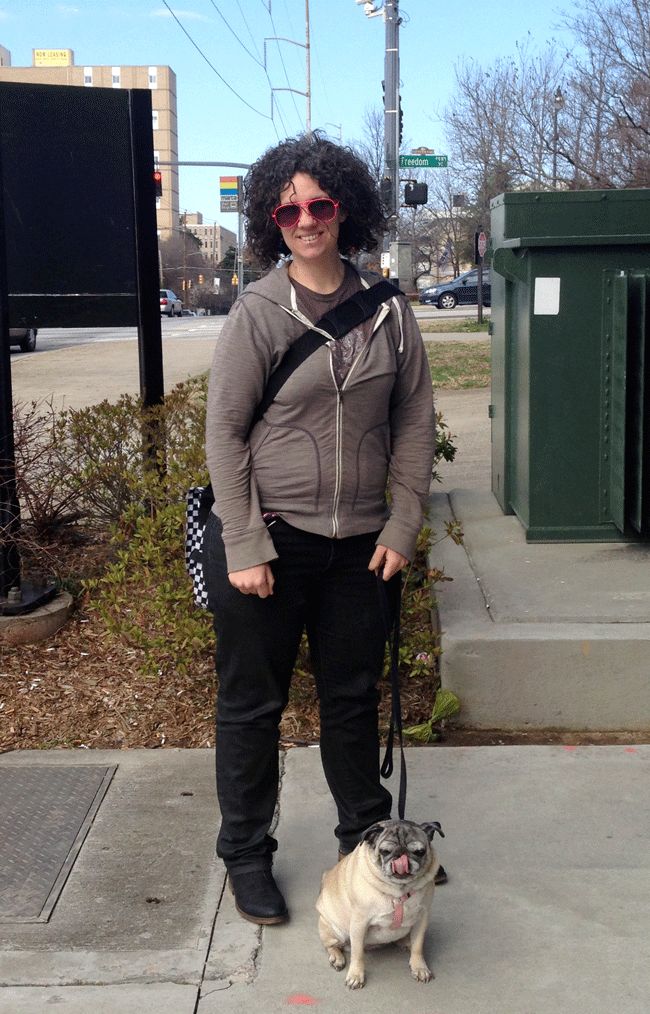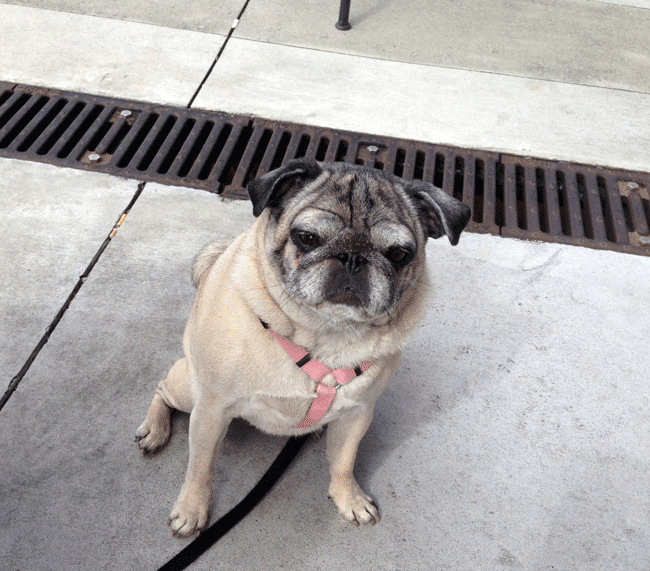“How many people in this crowd have seen Molly?” Madonna asked the audience at Ultra Music Festival in Miami in 2012 when she was introducing the popular DJ Aviccii.
She said she was referencing the song “Have You Seen Molly?” by Cedric Gervais. But most people in the crowd assumed she was referencing the drug Molly, which has become prevalent at music festivals around the country.
College senior Sarah, who asked to use a pseudonym for purposes of this article, was first introduced to the drug two years ago at Day Glow, the world’s largest paint party featuring electronic dance music.
“People kept coming up to me asking ‘oh do you know Molly?’” Sarah says. “And I was like, ‘who is this girl? She sounds really popular.’”
She is really popular.
Sarah took her first MDMA pill at an electronic dance music concert one year later and didn’t feel much. The next weekend she took two pills. Five days later she lost feeling in her legs, had a panic attack and was taken to the hospital.
Sarah is just one of many college students experimenting with Molly.
The Drug Enforcement Agency classifies Molly as the powder or crystal form of MDMA, the chemical drug most commonly known as the main ingredient in Ecstasy. Defined by users as a “pure” form of MDMA, its fans consider Molly safe, unlike Ecstasy, which has a reputation of being laced with anything from fertilizer to methamphetamine. But, according to the DEA, Molly is a Schedule 1 controlled substance with high possibility for abuse and addiction and no accepted medical use.
Leonard Howell, a professor of psychiatry at Emory studying the pro-social effects of MDMA says that users should not equate “pure” with “safe.”
“Just because it’s pure doesn’t mean it’s safe. Pure MDMA has bad effects on its own right,” he says. The main problem is that MDMA causes core body temperatures to rise too high, and that holds true whether the drug is pure or not, he says.
Howell explains that the pro-social effects of the drug, such as the feelings of empathy and human warmth make MDMA more popular at parties than many drugs such as mushrooms or LSD.


The Drug Abuse Warning Network (DAWN) reports that the most MDMA users are between the ages of 18 and 20. DAWN also reported a 123 percent increase in MDMA-related hospital visits from 2004 to 2009.
Molly is prevalent at music festivals like Bonaroo and Electric Daisy Carnival, which are becoming more and more popular across the United States.
Although the drug first became popular among fans of electronic dance music about a decade ago, hip-hop artists have now recently adopted it as well. Molly has been referenced so many times in recent hip-hop songs that Complexmusic.com has started a “History of Rappers Referencing Molly in Songs” page. Most notably, Kanye West references it in his single “Mercy.”
Everyone seems to be talking about Molly these days, but nobody seems to be saying the same thing.
The one thing people do seem to agree on however is what it feels like when you’re “rolling.” “I didn’t care about anything but the music and the feeling of everything,” Sarah says. “I was all about the sensations. It was weird, but it was awesome.”
Another college senior, who requested anonymity, described it as “an incredible euphoric feeling that lasts for many hours.”
Molly comes in pill or powder form and can be gummed, inhaled, swallowed or parachuted—folded up into a tissue and swallowed. Users describe a bitter taste and often a tingly sensation in the mouth when the drug is ingested.
A typical dose is around .5 grams commonly taken in smaller doses over several hours according to users. When the euphoria begins to fade away users tend to take a bit more.
MDMA is a stimulant and that “awesome” euphoria is caused by a release of the neurotransmitters, norepinephrine, dopamine and serotonin, according to Howell.
Dr. Linda Grabbe, an assistant clinical psychiatric professor at Emory’s Nell Hodgson School of Nursing, says that the release of serotonin causes a release of the hormone oxytocin, commonly known as “the love hormone.” This is what causes the feelings of empathy and human warmth that make it so popular at parties, she says.
“What people say is it gives them a great sort of social connection with other people and released inhibitions,” she says.
The release of neurotransmitters, messengers of the brain cells, is followed by a subsequent depletion, often leaving users with feelings of depression that can be short or long term, Grabbe says.
Most formal institutions like The National Institute on Drug Abuse and the DEA do not distinguish between Molly and Ecstasy, making it impossible to know the exact number of users.
Law enforcement agencies have a similar issue distinguishing between the drugs, and because MDMA has no identifiable smell like alcohol or marijuana it is hard to detect once it is ingested. Neither the Emory Police Department nor Emory University Emergency Medical Services (EEMS) record any cases involving use of MDMA. Kevin Applegate, president of EEMS says they would diagnose someone on Molly with an “altered mental state,” the same description given to someone with alcohol poisoning or a concussion.
MDMA first hit the party scene in Ecstasy pills in the early 1990s, but rumors about its composition led users to Ecstasy’s more “pure” cousin Molly.
Sarah did not know the difference between Molly and Ecstasy when she first took the drug, but she and her friends looked up the symbol printed on their pills and found a website for a company claiming to have made the drug. She says she did not necessarily trust the website, but it made her feel better about trying Molly.
Both students purchased MDMA from a “friend of a friend.” Sarah bought pills for $10 each, but according to other users, Molly usually sells for around $7 to $10 per .1 grams—or around $30 a dose.
Howell says that if users are buying the drug illegally there is no way for them to know exactly what chemicals they are getting. He says that users who think the drug is pure MDMA are “just crazy.”
He says that most MDMA-related emergency room visits occur because of seizures, hyperthermia and dehydration. Because the drug is most often taken at parties or concerts, users often do not realize how tired and dehydrated they become after dancing and sweating continuously for hours he says.
Grabbe says many patients are hospitalized after combining MDMA with alcohol or other drugs. She says because MDMA affects temperature control in the body extreme cases result in hyperthermia, or overheating. Other side effects include electrolyte abnormalities, cardiac episodes and comas. She says many negative side effects occur when users combine drugs, or have a pre-existing condition that is aggravated by the MDMA.
Howell says there is a stigma against MDMA among scientists who study the drug because sustained use can lead to a neurotoxicity to serotonin, which means a long-term deficit of serotonin neurons in the brain. He says scientists have seen the effects of this deficit in sophisticated cognitive tests. The image below shows the depletion of serotonin in the brains of monkeys tested for the effects of MDMA.
He says it is difficult to convince young people about the long-term negative effects of MDMA use. “So they’re more living for the moment, and for the moment you know the drug appears to be safe,” he says.
Grabbe thinks that users are doing more research about drugs before they use them than in the past. “I think initially it was thought to be very safe, but now people are really understanding that there are health consequences so they’re beginning to get smarter about it,” she says.
She thinks peer education would be the most effective way to prevent use. “I’m an older nurse so me coming in and saying ‘you know, you really don’t want to go there,’ isn’t going to have a lot of impact necessarily,” she says.
Sarah might be just the peer to educate others. She is an example of MDMA use gone wrong.
In the hospital after losing feeling in her legs, she showed symptoms of hyponatremia, or sodium deficiency, which is common in MDMA users who drink too much water to avoid dehydration. While testing for hyponatremia, doctors discovered that she had an undiagnosed potassium deficiency, and after using MDMA she had almost no potassium left in her system. She spent the night in the hospital with an IV regaining control over the muscles in her legs.
Even though she knows her case is unique, she says it was enough to convince her never to do the drug again. “Its popularity has decreased with me,” she says.
She says she thinks what is most dangerous about Molly is its accessibility. “I definitely would think that it’s more dangerous because like when you’re at a party so many people have it and people tend to take more,” she says.
Sarah says Molly is not confined to electronic concerts anymore. Several friends of hers have taken the drug on a normal Saturday night out, she says.

